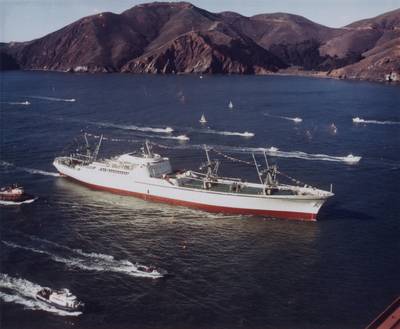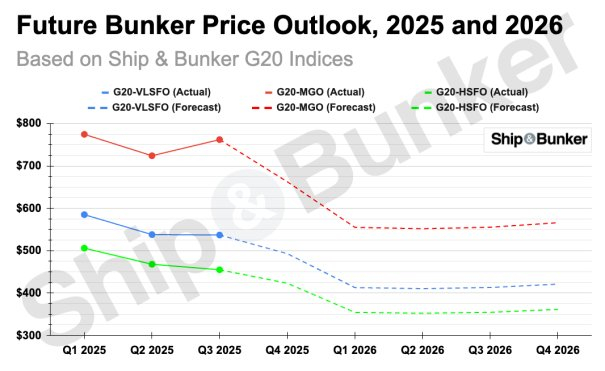
A new “Nuclear Ship Safety Handbook” by the MIT Maritime Consortium aims to set the standard for safe maritime nuclear propulsion.
Using research data and standards, combined with operational experiences during civilian maritime nuclear operations, the handbook provides unique insights into potential issues and resolutions in the design efficacy of maritime nuclear operations, a topic of growing importance on the national and international stage.
The handbook, which is divided into chapters in areas involving the overlapping nuclear and maritime safety design decisions that will be encountered by engineers, is careful to balance technical and practical guidance with policy considerations.
“Right now, the nuclear-maritime policies that exist are outdated and often tied only to specific technologies, like pressurized water reactors,” says Jose Izurieta, a graduate student and one of the handbook authors. “With the recent U.K.-U.S. Technology Prosperity Deal now including civil maritime nuclear applications, I hope the handbook can serve as a foundation for creating a clear, modern regulatory framework for nuclear-powered commercial ships.”
The recent memorandum of understanding signed by the U.S. and U.K calls for the exploration of “novel applications of advanced nuclear energy, including civil maritime applications,” and for the parties to play “a leading role informing the establishment of international standards, potential establishment of a maritime shipping corridor between the Participants’ territories, and strengthening energy resilience for the Participants’ defense facilities.”
“With over 30 nations now building or planning their first reactors, nuclear energy’s global acceptance is unprecedented — and that momentum is key to aligning safety rules across borders for nuclear-powered ships and the respective ports,” says Koroush Shirvan, Professor in Energy Studies at MIT.



